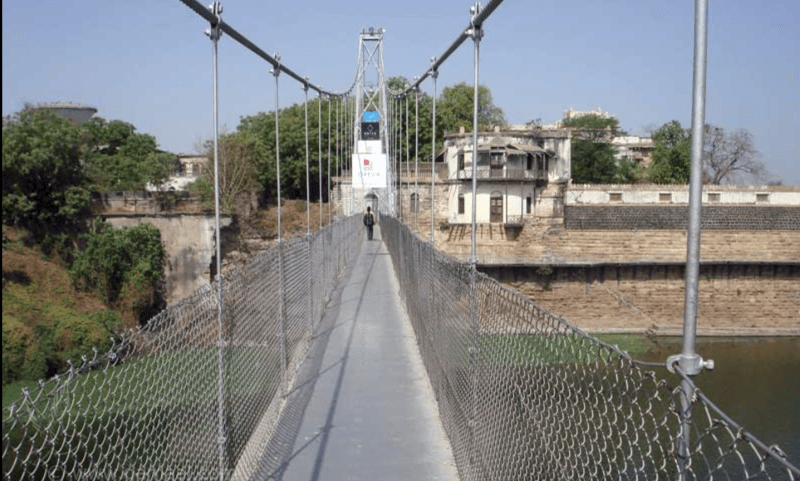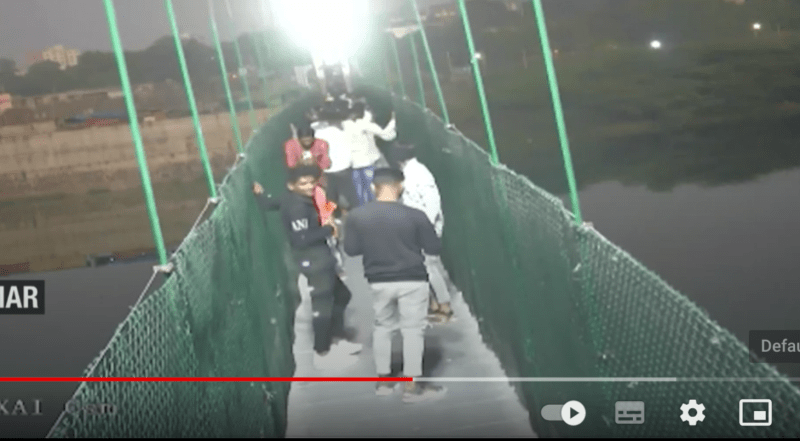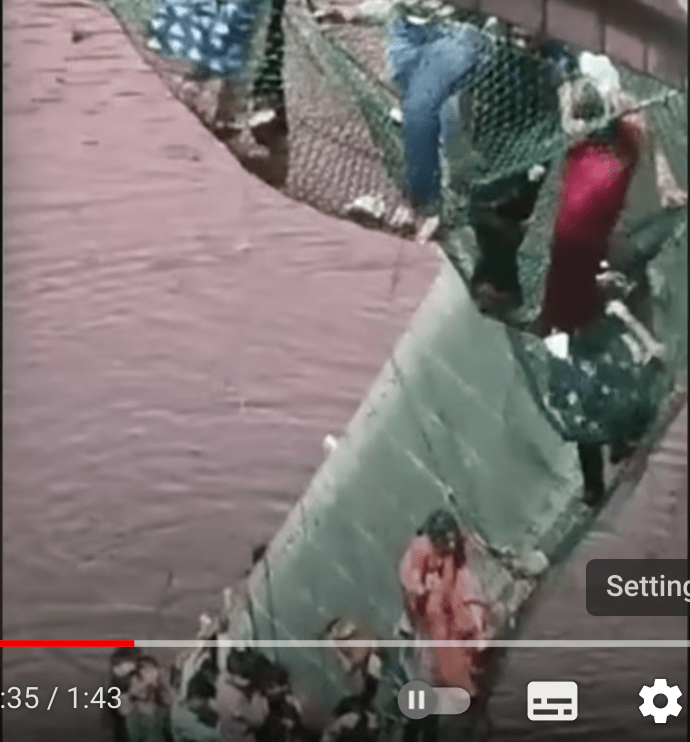oldrunner
Structural
- May 11, 2001
- 472
Follow along with the video below to see how to install our site as a web app on your home screen.
Note: This feature may not be available in some browsers.
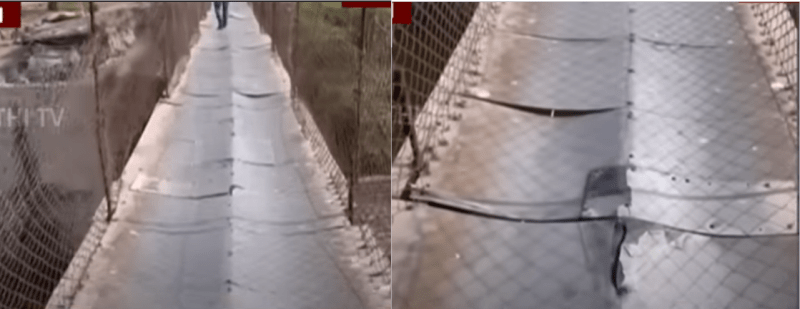

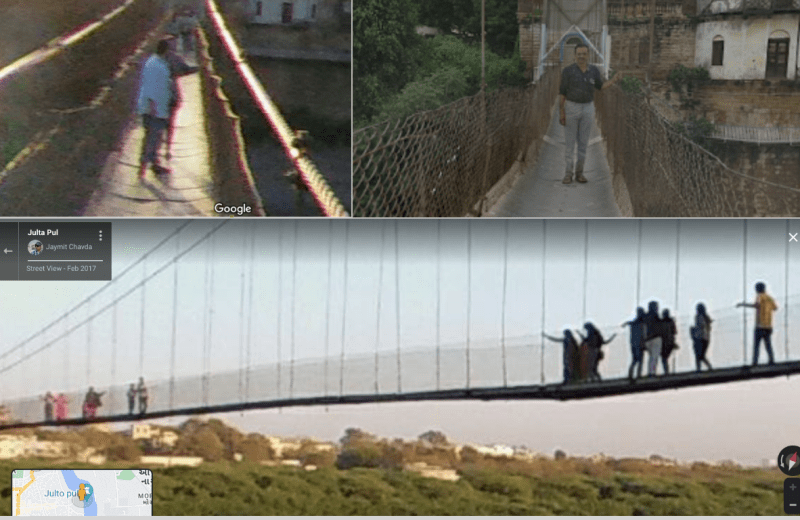

saikee119 said:the weight of beams, due to number increase, would go up
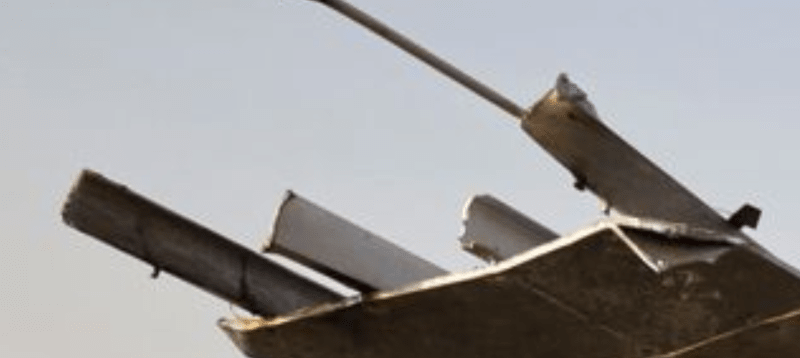
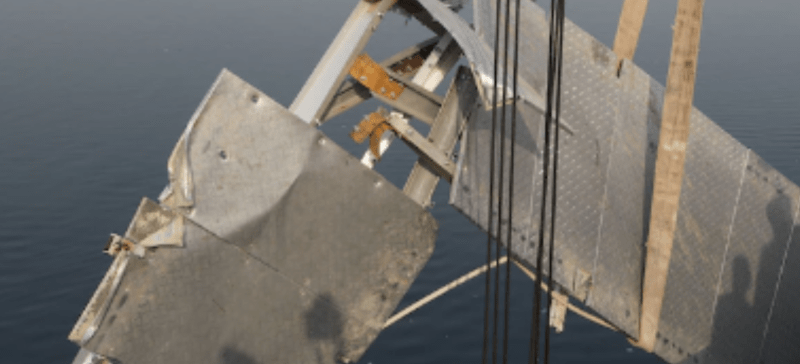
While I'll go along with this for the chain-link fence, it's not necessarily true for the beams or the deck.
